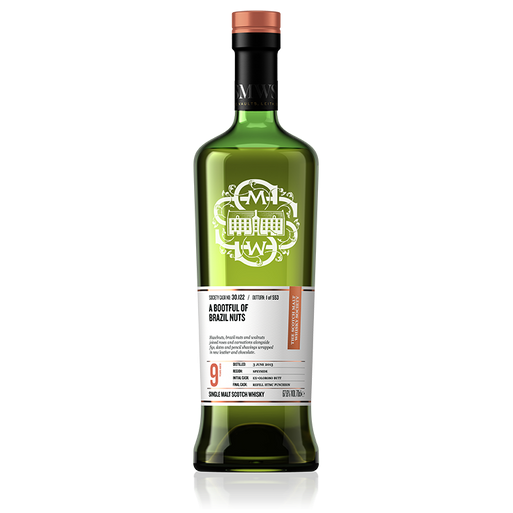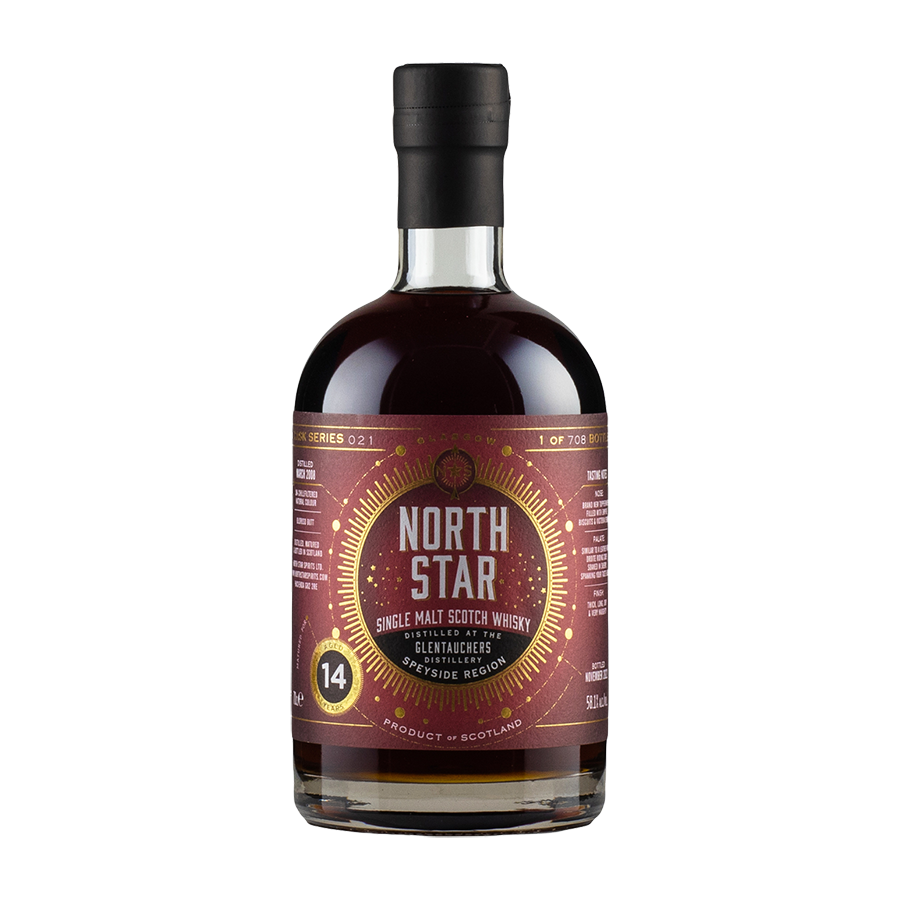Notes on The Casual Dram:10 - Sunday 18 February - Mean Doses Taproom
Notes on the lineup… (tickets available here)
Ardbeg BizarreBQ 50.9%
Double charred oak casks, Pedro Ximenez sherry casks and BBQ casks
The peat beast
The peaty whisky is definitely a gateway whisky style that often opens people’s mind to just how different whisky can be compared to other drinks. After all, what other drink is flavoured with decaying vegetation? I remember my first peat experience - it was an Ardbeg 10 year old and it really was responsible for enticing me further into the world of whisky.
Ardbeg opened in 1815. It peated its own malt until 1974 when a boom in peated whisky necessitated that it start using Port Ellen Maltings to fill demand. To purists, this was the end of an era.
In 1981 the distillery was mothballed, but restarted again in 1989, only to close again in 1996. Glenmorangie came to the rescue a year later and began revamping the brand. Louis Vuitton Moet Hennessy bought both distilleries in 2004.
SMWS 30.122 'A bootful of brazil nuts' 9 years 67.6% Oloroso butt 5 years / European oak refill puncheon HTMC finish
The sinfully sulphurous
Sulphur’s presence in whisky is a bit of an enigma - no one seems to categorically know where it comes from. It is a biproduct of fermentation - so, is it introduced into whisky at the very early stages? Alternatively, does it originate in the cask? The use of sulphur candles to clean casks is also often cited as a possible source, but perhaps it is more innocuous than this. Is it simply the result of a tight European oak cask creating a reductive environment in which sulphur is either created - or not allowed to escape? All is possible! Regardless of its provenance. The other million dollar question is - is it a fault, or a lovely complexing element? That’s for you to decide!
Glenrothes is one of the jewels in the Speyside crown. A short ferment introduces a cereal element to the spirit whilst tall stills and a slow distillation and encourage reflux, teasing out complexity in the final spirit. The majority is aged in sherry casks and the result is a multifaceted single malt which combines nuts and fruits with a distinctly sweet spiciness.
Glentauchers 'North Star' 2008 / 14 years old 58.1%
Oloroso Sherry Butt
The sherry bomb
It’s hard not to love a sherry bomb and all the rich Xmas cake flavours that come with it. This dark beauty has been aged for 14 years in an oloroso sherry butt and comes from the Glentauchers distillery.
Glentauchers was founded in the whisky boom of the 1890s and favours long ferments and slow distillation resulting in a newmake style that is floral and light. It played with continuous pot distillation at the beginning of the 20th Century (along with Comvalmore distillery) and then expanded in the 1960s whilst catching the wave of another whisky boom - only to be closed in 1985. It is now in the hands of the Chivas Brothers and a 15 year old expression exists under the Ballantine’s brand (for which it is a named blending component).
North Star Spirits is a family run independent bottler based in Glasgow which was started by Ian Croucher in 2016.
James Eadie Port Dundas 23yo Refill PX Sherry Hogshead Finish 54.7%
The guilty pleasure grain
Grain is a bit of a dirty word in the world of Scotch and is seen as a poor cousin to the single malt. But all those sweet simplistic flavours that remind us of a bowl of cornflakes dowsed in white cane sugar - really can be quite pleasant.
Refill PX hogshead.
Glasgow’s Port Dundas distillery was built in 1811 and merged with the Cowlairs distillery, built next door, in 1860. It was one of the founding members of the grain distillers conglomerate DCL, which appeared in 1877.
By 1885, its three Coffey and five pot stills were producing over two million gallons of malt spirit a year using ‘American corn’, barley, and rye. It combined with another nearby distillery called Dundashill in 1902 but eventual owners, Diageo, decided to shift a large proportion of production to Cameronbridge and in 2011, production ceased and the site was demolished.









